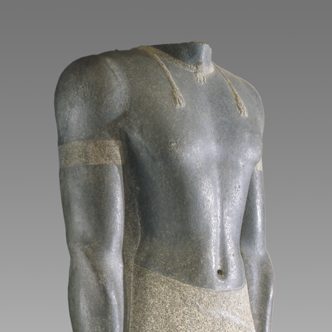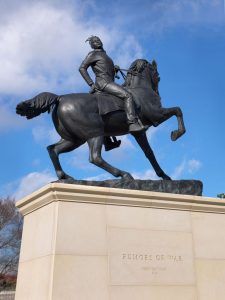
Gallery Hunt: The Medium of Monuments
Find these works in the VMFA galleries to discover how artists and cultures memorialize people, places, and ideas across time in monumental ways. Once the object has been found, use the questions listed with the image to consider how and what about this object is “monumental.”
1.
2.
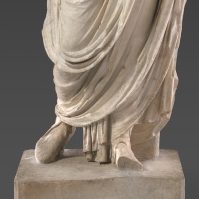
Cochrane Court:
Unlike ancient Egyptians, Romans did not worship their leaders (or emperors) as gods. Why might they have decided to create a statue in honor of Emperor Caligula? Do you think they were memorializing Caligula to remember him or to remember his actions?
3.
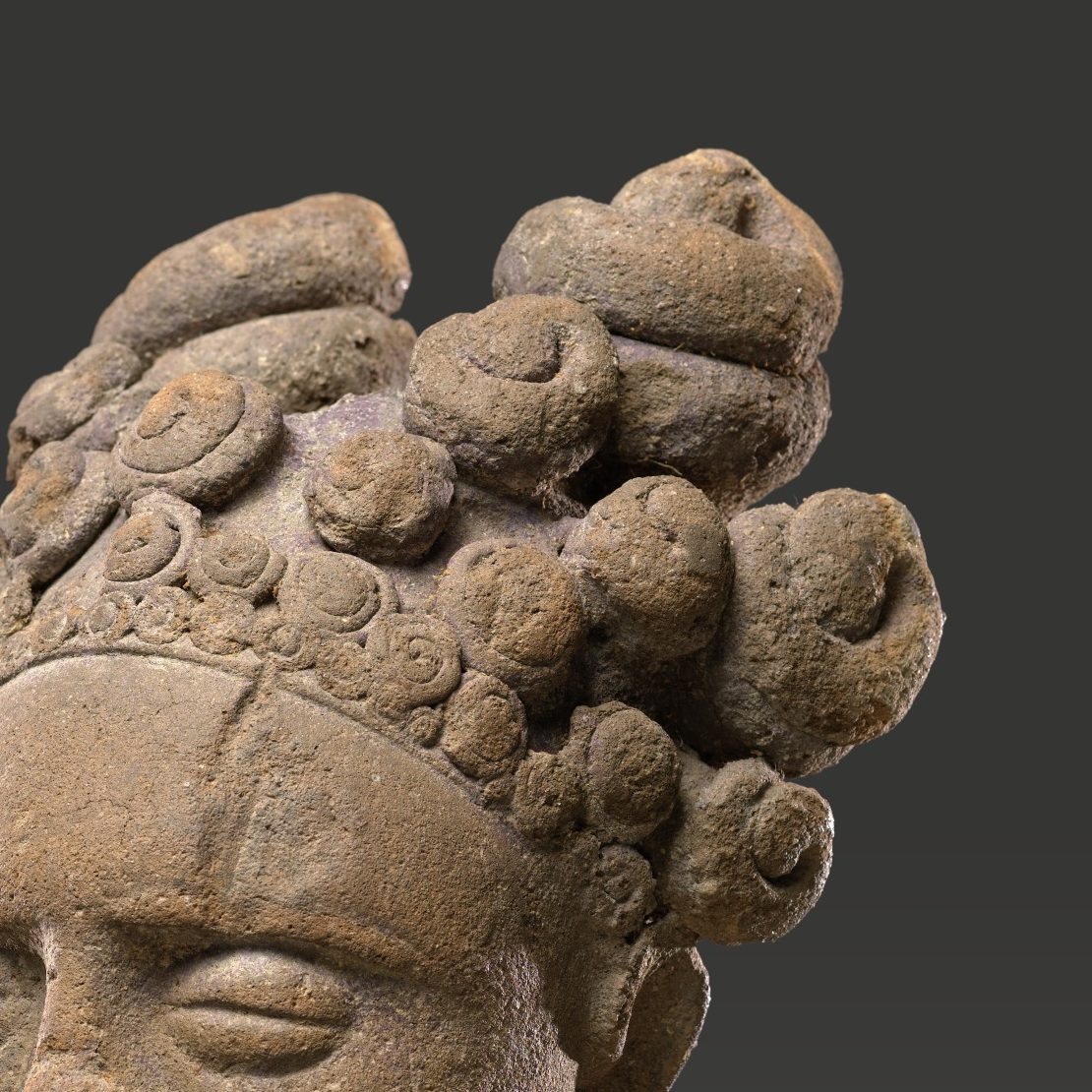
African Galleries:
When a member of the Akan royal family dies, a woman of the community creates a statue to house the individual’s spirit. This portrait resembles the features of the deceased person, including her elaborate hairstyle. How would you like to be depicted in a memorial portrait?
4.
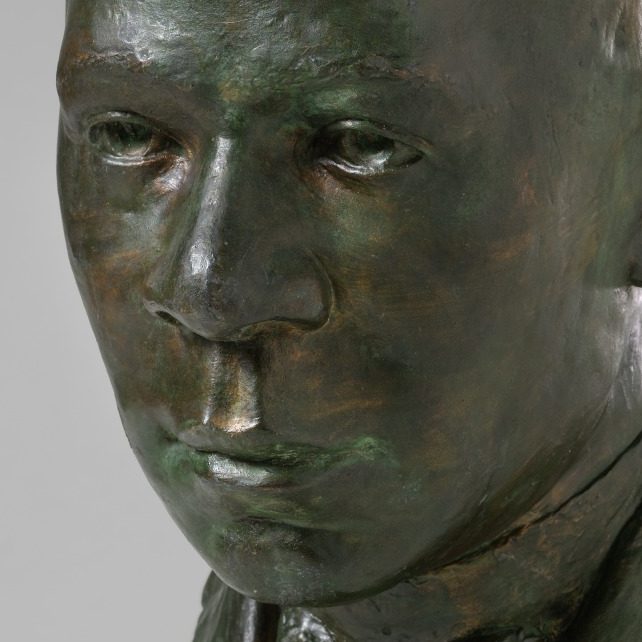
American Galleries- Modernism:
Created by Richmond Barthé, a twentieth-century African American sculptor, this bust honors Booker T. Washington. A political leader, educator, and social activist, Washington influenced and led many African American movements in the United States. With so many accomplishments, why might the artist have created a bust without any details about Washington’s actions? In what ways can artists commemorate a person’s actions and legacies?
5.
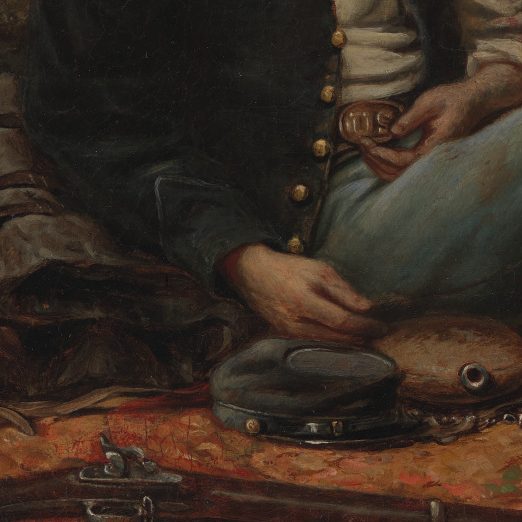
American Galleries- Antebellum Civil War, & Centennial:
The artist of this work, Mosely Greene, decided to paint a Union soldier’s account of his experience in the Civil War. Why do you think Greene chose to illustrate a Union soldier and not a Civil War military leader, like Ulysses S. Grant? Why might it be important to remember people who are not famous?
6.
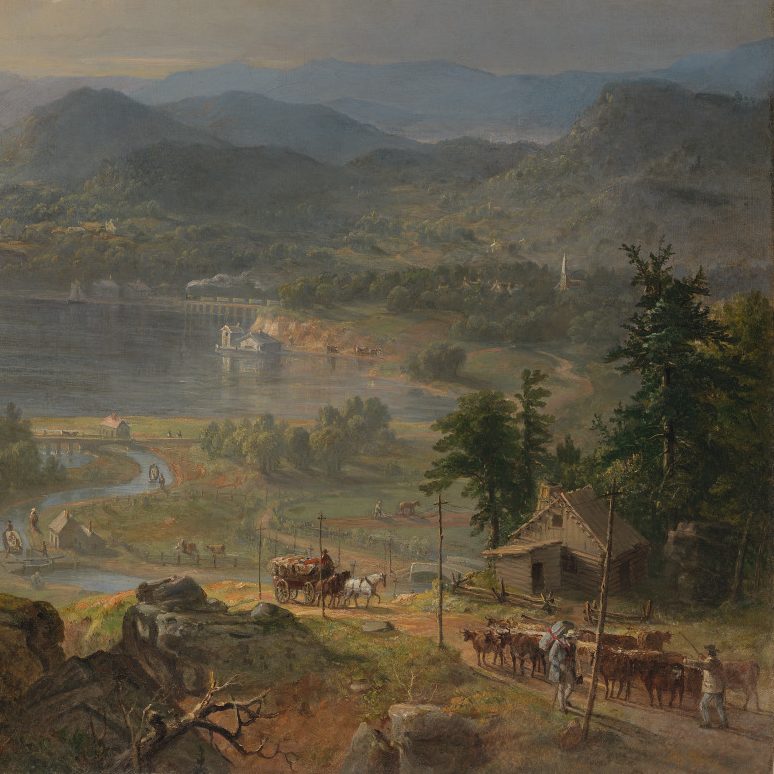
American Galleries- Antebellum Civil War, & Centennial:
Imagine how the American landscape has changed across time. Now, look at Asher B. Durand’s huge painting, titled Progress: The Advance of Civilization, and identify all those who are a part of this scene. How might monumental changes, like land development and technology, be seen as good for one person and bad for another?
7.
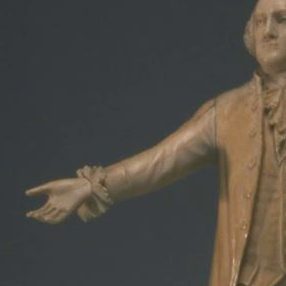
American Galleries- Colonial & Revolutionary:
Who is this person? How would you memorialize a president? This work is made of ivory, a precious material derived from elephant tusks. How does a monument of a person- the material, size, and pose- demonstrate significance and power?
8.
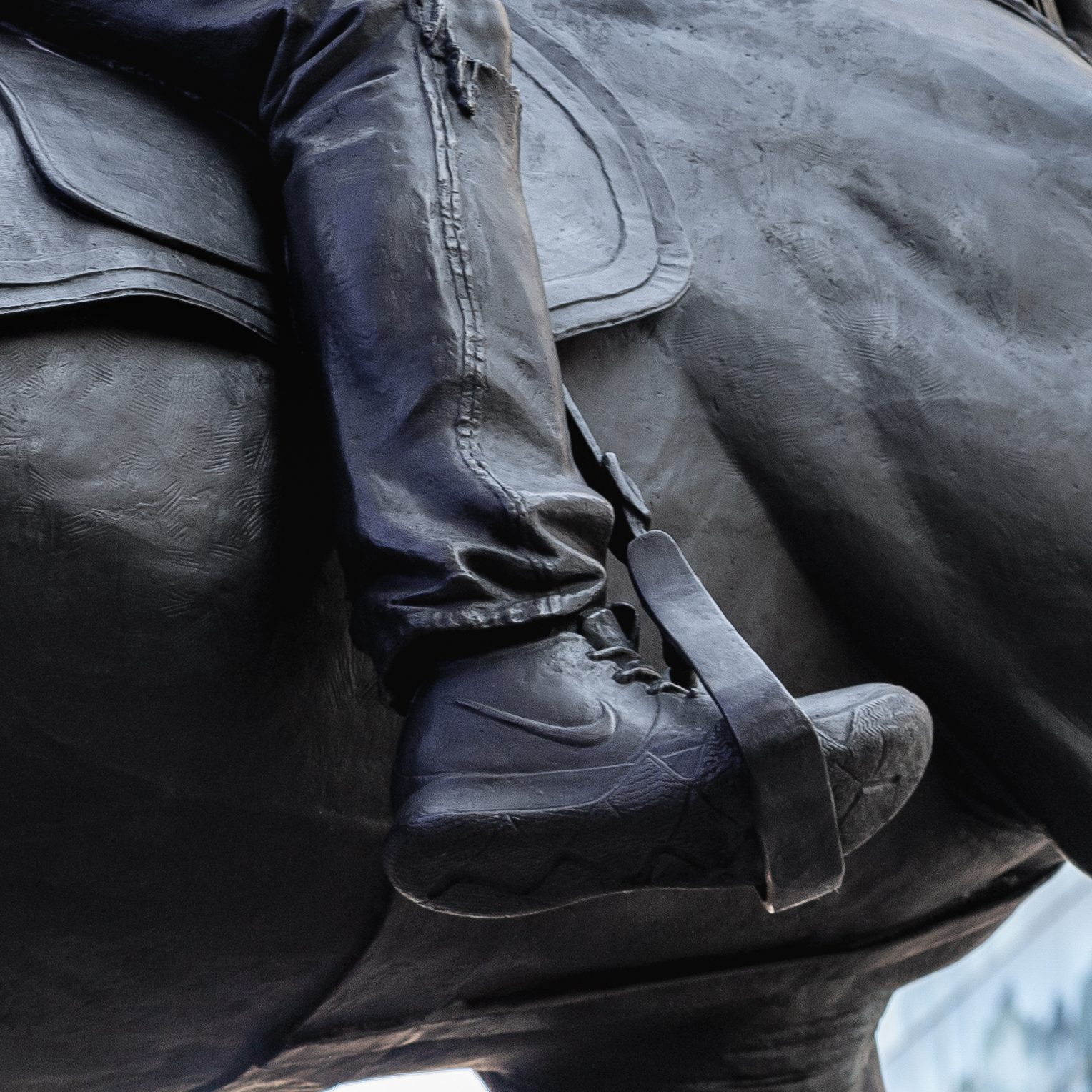
VMFA Front Lawn:
Does this statue look like other monuments you see in public spaces? Why or why not? The artist, Kehinde Wiley, created this sculpture in 2019 after seeing Richmond’s monument of Civil War General J.E.B. Stuart. What do you notice about his clothing? Why might the artist have decided to show a contemporary person?
Images (as details)
- Unknown Artist (Kushite/Nubian) Statue of Senkamanisken, King of Kush, 643-623 AD, Adolph D. and Wilkins C. Williams Fund, 53.30.2\
- Unknown Artist (Roman), Gaius Julius Caesar Augustus Germanicus (“Caligula”), ca. 38 AD, Arthur and Margaret Glasgow Fund, 71.20
- Unknown Artist (Akan), Commemorative Portrait Head, 16th-18th century, Arthur and Margaret Glasgow Fund, 88.42
- Richmond Barthé, Booker T. Washington, 1928, Lent by Samuel G. and Marian R. Banks
- Mosely Greene, Wounded Soldier, 1868, Museum Purchase, 2018.171
- Asher B. Durand, Progress: The Advance of Civilization, 1853, Gift of anonymous donor, 2018.547
- Unknown Artist, George Washington, ca. 1800-1810, Arthur and Margaret Glasgow Fund, 97.103
- Kehinde Wiley, Rumors of War, 2019, Purchased with funds provided by Virginia Sargeant Reynolds in memory of her husband, Richard S. Reynolds, Jr., by exchange, Arthur and Margaret Glasgow Endowment, Pamela K. and William A. Royall, Jr., Angel and Tom Papa, Katherine and Steven Markel, and additional private donors, 2019.39
